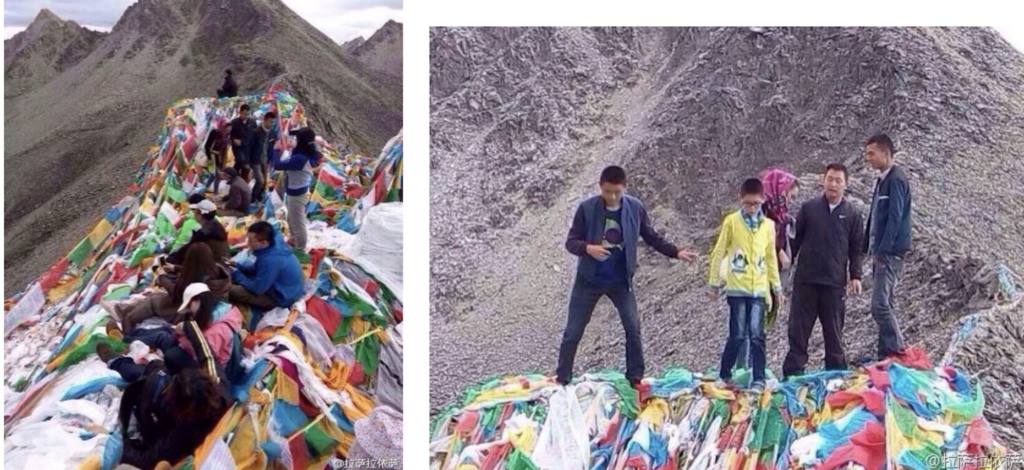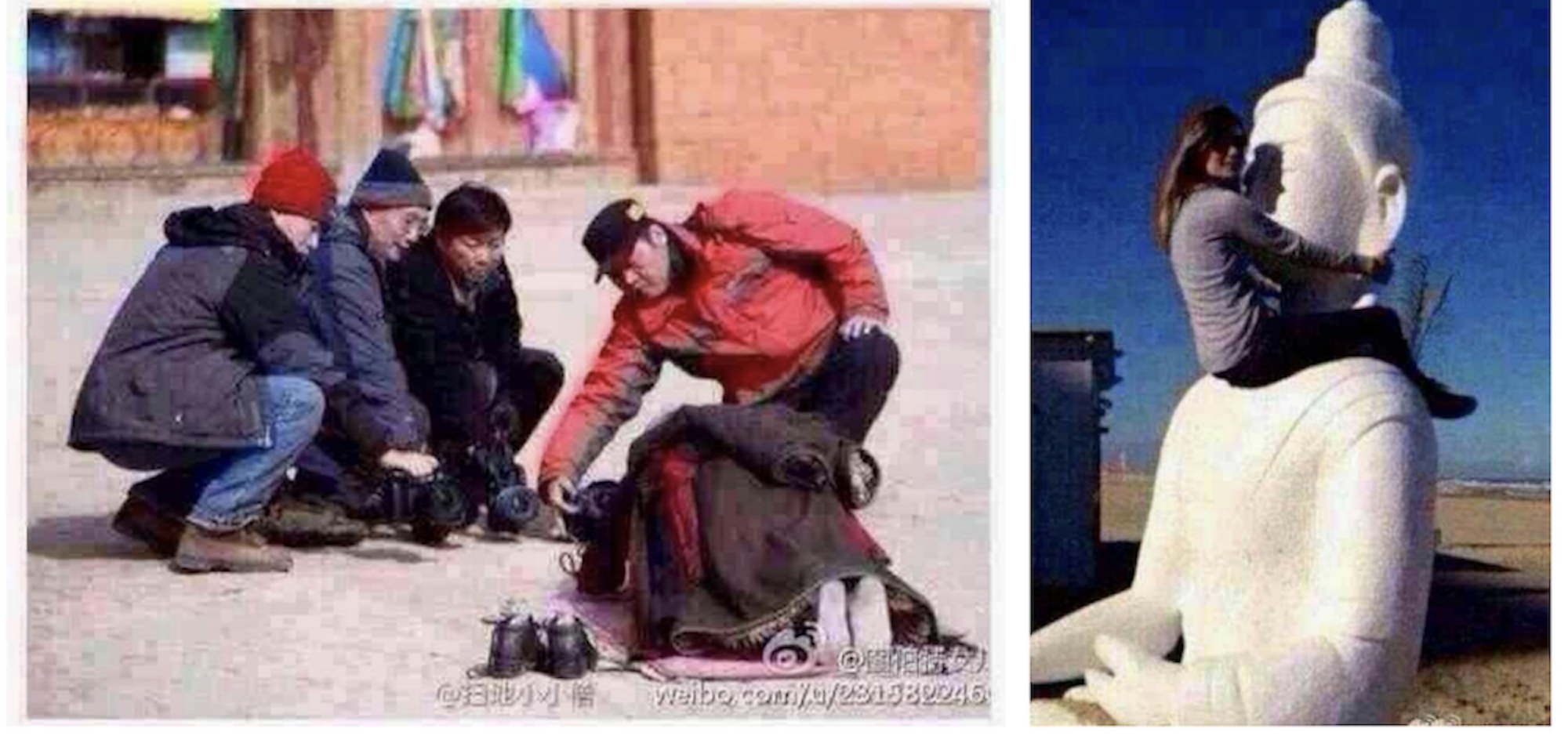By Tsering Dhundup
DHARAMSHALA, August 6: The so called Tibet Autonomous Region has witnessed an unprecedented surge in tourism, with July recording an all-time high in passenger throughput since the inception of civil aviation in the region in 1965. While this boost in tourism bodes well for the local economy, concerns have arisen about its potential impact on the region’s rich cultural heritage.
According to the Chinese state media Xinhua, the Tibet branch of the Civil Aviation Administration of China reported seven civil airports in Tibet facilitated a staggering 770,000 passenger trips in July alone, marking a substantial 31.6 per cent increase compared to the same period last year. Additionally, the civil aviation sector set a new benchmark by managing 5,936 flights during the month, indicating a modest 2.4 per cent growth from the previous year.
Tibet’s allure as a tourist destination is undeniable, with its breath-taking landscapes, awe-inspiring mountains, and vibrant ethnic and religious culture. The region’s tourism industry was rejuvenated following China’s recalibration of its COVID-19 response measures. However, as visitor numbers soar, concerns about the commodification and misrepresentation of Tibet’s traditions have come to the forefront.

While tourism has proven to be a valuable tool for cultural exchange and mutual understanding between diverse societies, it has also posed challenges for Tibet. Report by Tibet Watch, Culture Clash: Tourism in Tibet 2014, shows that the commercialization of the region’s ancient traditions by the Chinese regime has had negative consequences. The local population finds itself at odds with the transformation of sacred sites into tourist attractions, often with limited consultation. Traditional pilgrimage practices have been hindered, and the rapid development driven by tourism has strained both the environment and local communities.
Furthermore, concerns have been raised about the portrayal of Tibetan culture through a curated lens that serves China’s political agenda. Critics point out that while the landscape is celebrated, the people are often depicted as clinging to outdated customs and resisting integration into Chinese society.
Chinese tourists visiting Tibet have also been reported for intrusive and disrespectful behaviour. Many Tibetans feel their privacy and dignity are compromised as they are photographed without consent, even during religious activities. Despite the influx of tourists, economic benefits do not necessarily reach the local population, as most jobs generated by tourism go to migrant workers from mainland China.
Tibetan netizens have used online platforms to express frustration and resistance, highlighting the challenges faced by the local population. However, there are instances of hope, such as Chinese visitors who engage with Tibetan culture beyond government narratives, contributing to cross-cultural understanding.










